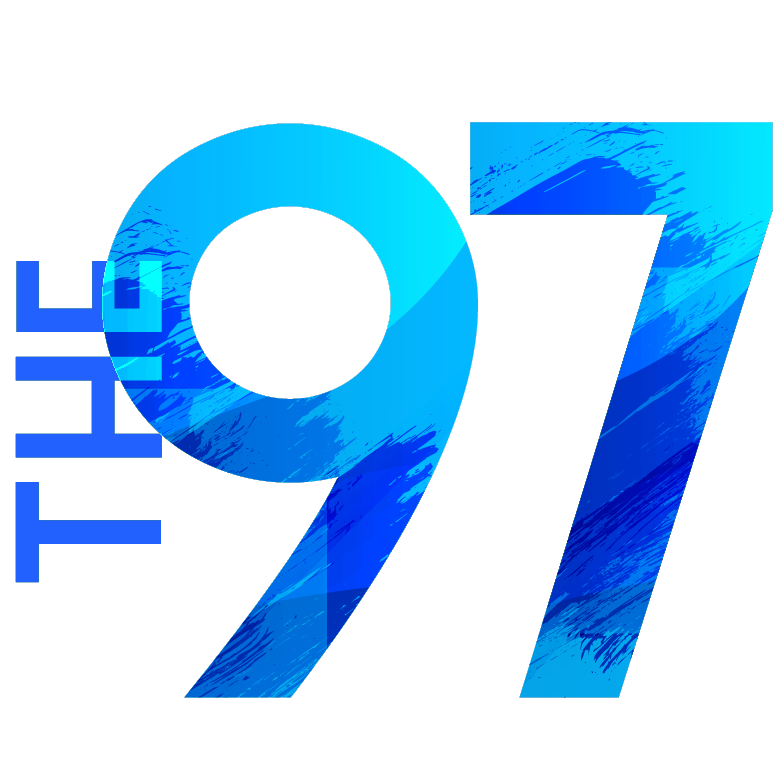“What she did was make history.”
That’s what Billy Preston had to say about Aretha Franklin’s 3-night stint at San Francisco’s Fillmore West in March of 1971. In the months that followed, the shows were edited down to fit an LP, and released 45 years ago on May 19, 1971. To call this body of work ‘electric’ would be the understatement of the century. This is an essential piece of music history.
In 1971, Aretha Franklin’s career was soaring. Hit after hit, Grammy after Grammy, album after album. Aretha was unstoppable. To help her expand her audience even further, she was booked for 3 nights in San Francisco. The Fillmore West was located at the heart of San Francisco’s Haight-Ashbury district: Mecca for the flower children and hippie community. The hippies weren’t Aretha’s core audience and she recalled in her 1999 autobiography “I wasn’t sure how the hippies reacted to me (and my music) until I found myself booked at… (the) Fillmore West… the Taj Mahal of flower power (Franklin, 138).” After three nights at the Fillmore West, Aretha was more than sure.
Backed by some of the best players to ever perform with her and led by the late, great, King Curtis, Aretha lays down some of the greatest live recordings in music history. The most amazing thing about these shows is that Aretha commands this attention with nothing more than her presence and her voice. No elaborate stage, not dancing, no light shows, and no smoke machines: Simply, Aretha.
The album, Aretha: Live at Fillmore West is an amalgam of performances from the second and third concerts (most likely night one was excluded from the album because Aretha plays a piano on night one and electric piano on nights two and three). Much of the shows went unreleased until a 2005 reissue compiled all the recordings from all three nights, including King Curtis’s opening sets. Comparing the 2005 release and the 1971 release, it’s notable that sequencing was overall left intact. The exception being the songs that were cut, which was most likely for the sake of time.
The album opens as each night did, with a spitfire reading of her signature song, “Respect”. It was the perfect boom of thunder to jolt the audience into a reactive state for the rest of the show. From there Aretha caters to her audience and unleashes a cover of Stephen Stills’ “Love The One You’re With”. Of course she adds her own funky touch, and the audience responds accordingly.
One of the most powerful moments of any Aretha show comes when she sits down at the piano. In this case, it first arrives as she covers Simon & Garfunkel’s “Bridge Over Troubled Water” turning it into a nearly-6-minute gospel proclamation. As she and Billy Preston trade electric piano and organ chords during the minute plus introduction, one audience member yells “go’n ‘Retha.” And go’n she does. She annihilates the song vocally and instrumentally, emitting the some of the most piercingly soulful wails ever recorded. To not feel this, is simply to not feel.
The gut-wrenching soulfulness only wreaks emotional havoc for a few moments, and she moves right along. Another high-adrenaline moment in the fashion of the opening number unfolds, but this time she gives the accelerated treatment to The Beatles’ “Eleanor Rigby”. While stringing together the opening lines on the electric piano, she advises the audience “don’t fight the feeling”. They gratuitously oblige, even as she mellows out with Bread’s “Make It With You”, another selection tailored for the Fillmore West crowd.
As quickly as she slows down, she speeds back up with one of her latest singles, “Don’t Play That Song”. Once again, she accelerates the tempo to keep the energy flowing, at least until she moves into another show highlight. “Does anybody feel like hearing the blues?” she asks. The response is unanimous.
“Dr. Feelgood” is a prime example of Aretha’s superiority as a live artist than as a studio artist. Aretha can tear it down anywhere, but she feeds on the responsive energy of an audience. Coupled with her heightened level of performance at the piano, “Dr. Feelgood” transforms into an entirely different beast from the studio version. The audience erupts. They cheer her on, respond to the lyrics, and sing along as she becomes the pure blues groove. The tempo is slowed down to accommodate a dramatic, drawn-out vocal phrasing which drives the audience wild. Ray Charles (who was in the audience) said it best: “She does a version… that’s a hundred times better than the record” (Ritz, 236).
Ray may have been in the audience up until this point, but as Aretha moves into her closer “Spirit In The Dark”, he becomes a crucial part of the show. Aretha finds him in the crowd before returning for her reprise/encore, and drags him right up on stage with her. What unfolds is a nearly 20-minute jam session (cut down to around 9 minutes on the original release,) between two of the greatest soul singers ever. Ray delivers a few lines according to the lyrics, and then proceeds to improvise, much to the crowd’s enjoyment. It is truly a moment in music history, and one of three recorded instances where the two performed together.
To close out the show (and her final night), Aretha added one more number, Diana Ross’ “Reach Out And Touch (Somebody’s Hand)”. She told the crowd “you have been much more, than I could have ever expected”. It’s safe to say that the feeling was mutual.
Sources
Franklin, Aretha, and Ritz, David. Aretha: From These Roots. New York: Villard, 1999. Print.
Ritz, David. Respect: The Life of Aretha Franklin. Little Brown, 2014. Print.







